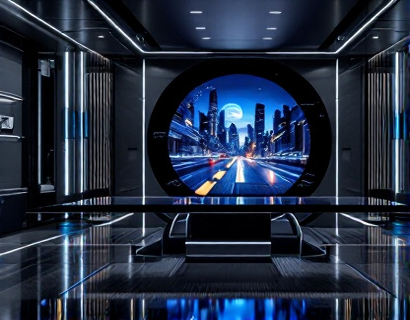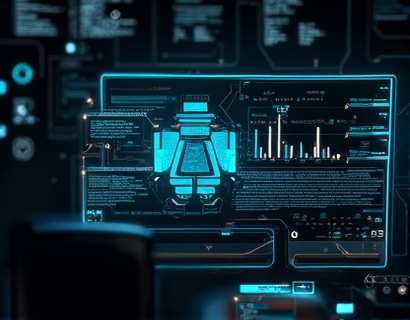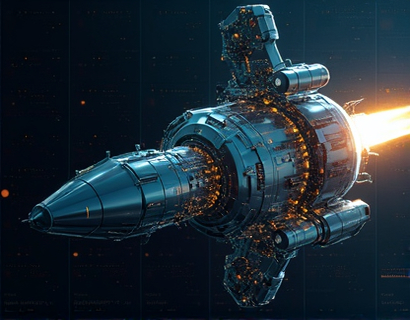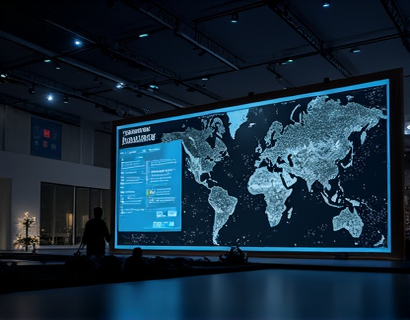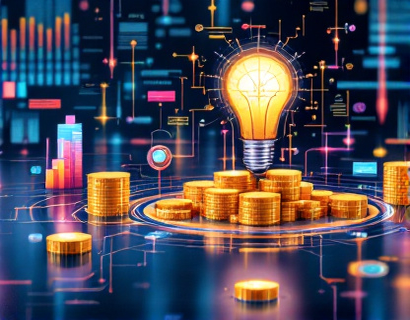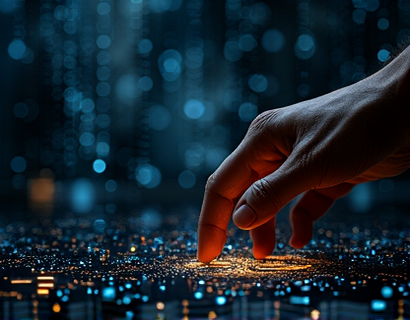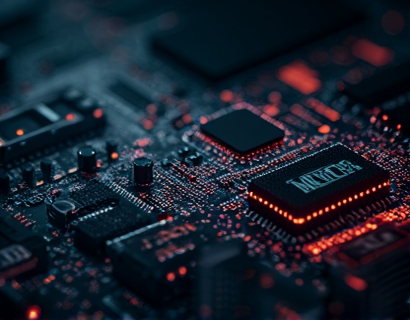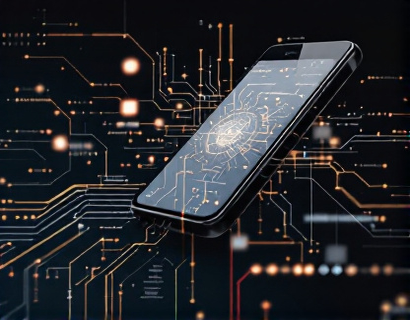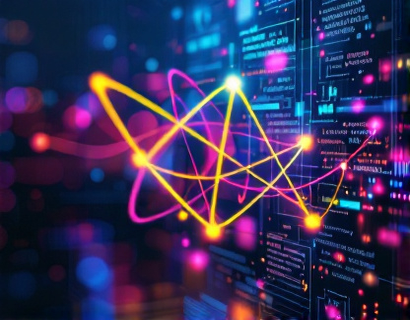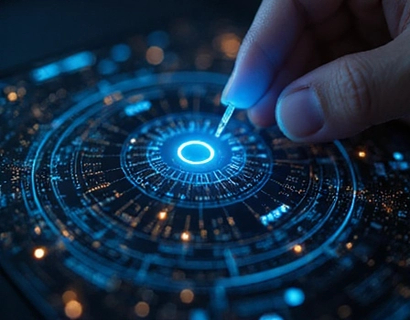Decentralized Innovation: Synergizing AI and Crypto for the Future of Digital Transformation
The intersection of artificial intelligence and cryptocurrency is giving rise to a new era of digital transformation, one that promises to redefine how we interact with technology and each other. This synergy is not just about combining two powerful technologies but about creating a decentralized ecosystem where innovation knows no bounds. At the heart of this revolution are decentralized applications and services that leverage the strengths of both AI and crypto to enhance user experience and drive engagement.
The concept of decentralization has been a cornerstone of blockchain technology, offering a trustless and transparent way to conduct transactions and manage data. When AI is integrated into this framework, the potential for innovation becomes immense. AI's ability to process vast amounts of data, learn from patterns, and make intelligent decisions complements blockchain's security and decentralization, creating a powerful duo for the future of digital services.
Understanding Decentralized Applications
Decentralized applications, or dApps, are software applications that run on a blockchain or a decentralized network rather than on a central server. This design ensures that no single entity has control over the application, making it more resilient to censorship and manipulation. The integration of AI into dApps takes this concept further by enabling these applications to adapt, learn, and improve over time without human intervention.
One of the key features of dApps is their smart contract functionality. Smart contracts are self-executing contracts with the terms of the agreement directly written into code. When combined with AI, these contracts can automate complex decision-making processes, execute transactions based on predefined conditions, and even adapt to changing market dynamics. This automation not only increases efficiency but also reduces the risk of human error and fraud.
AI in Decentralized Finance (DeFi)
Decentralized Finance, or DeFi, is a prime example of how AI and crypto can synergize to transform traditional financial systems. DeFi platforms offer a range of financial services such as lending, borrowing, trading, and asset management, all without intermediaries like banks or brokers. AI enhances these services by providing sophisticated algorithms for risk assessment, fraud detection, and portfolio optimization.
For instance, AI-driven predictive models can analyze market trends and historical data to forecast price movements, helping users make informed investment decisions. Smart contracts powered by AI can dynamically adjust loan terms based on real-time credit scores derived from blockchain-based identity verification systems. This not only improves access to financial services but also makes them more equitable and transparent.
Enhancing User Experience through AI and Crypto
The user experience in decentralized applications is significantly improved by the integration of AI and crypto. Traditional applications often suffer from slow transaction times, high fees, and complex user interfaces. In contrast, dApps leverage blockchain's speed and low costs, while AI optimizes the user interface and experience.
AI-powered chatbots and virtual assistants can provide 24/7 customer support, guiding users through complex processes with natural language interactions. Personalization is another area where AI shines, as it can analyze user behavior and preferences to tailor the application's features and recommendations. This level of customization enhances user engagement and satisfaction, fostering a more loyal user base.
Security and Privacy with AI and Crypto
Security and privacy are paramount in the digital age, and the combination of AI and crypto offers robust solutions. Blockchain's inherent security features, such as cryptographic hashing and consensus mechanisms, ensure that data is tamper-proof and transparent. AI adds an extra layer of security by detecting and mitigating threats in real-time.
Machine learning algorithms can identify unusual patterns and anomalies in transaction data, flagging potential security breaches before they occur. Additionally, AI can enhance privacy by implementing advanced encryption techniques and zero-knowledge proofs, allowing users to verify transactions without revealing sensitive information. This ensures that users maintain control over their data while enjoying the benefits of decentralized services.
Case Studies: Real-World Applications
Several projects are already demonstrating the power of AI and crypto in decentralized applications. One notable example is a decentralized autonomous organization (DAO) that uses AI to manage its governance processes. Members can propose and vote on changes using smart contracts, while AI analyzes community sentiment and suggests optimal decision paths. This blend of decentralization and intelligence ensures that the DAO operates efficiently and democratically.
Another example is a decentralized healthcare platform that leverages AI for diagnostic support and AI-secured data management. Patients can upload their medical records to the blockchain, and AI algorithms analyze this data to provide personalized treatment recommendations. The platform ensures that sensitive health information is protected through advanced encryption and privacy-preserving techniques.
Challenges and Future Prospects
Despite the promising potential, the integration of AI and crypto in decentralized applications is not without challenges. Scalability remains a significant issue, as blockchain networks can struggle to handle high volumes of transactions. However, ongoing developments in layer 2 solutions and more efficient consensus mechanisms are addressing these concerns.
Another challenge is the regulatory landscape, which is still evolving. As decentralized applications gain traction, governments and regulatory bodies are beginning to take notice, leading to a need for clear guidelines and frameworks. The tech community must work collaboratively to ensure that regulations support innovation while protecting users.
Looking ahead, the future of AI and crypto in decentralized applications is bright. As technology advances, we can expect more sophisticated AI models that can operate on-chain, reducing latency and costs. The rise of interoperable blockchain platforms will also facilitate seamless integration of AI services across different ecosystems. The potential for decentralized innovation is vast, and the synergy between AI and crypto will continue to drive this transformation.
In conclusion, the convergence of AI and crypto is paving the way for a new era of digital transformation. Decentralized applications powered by these technologies are not only enhancing user experience and engagement but also redefining the boundaries of what is possible in the digital world. As we move forward, embracing this synergy will be crucial for anyone looking to stay ahead in the rapidly evolving tech landscape.









